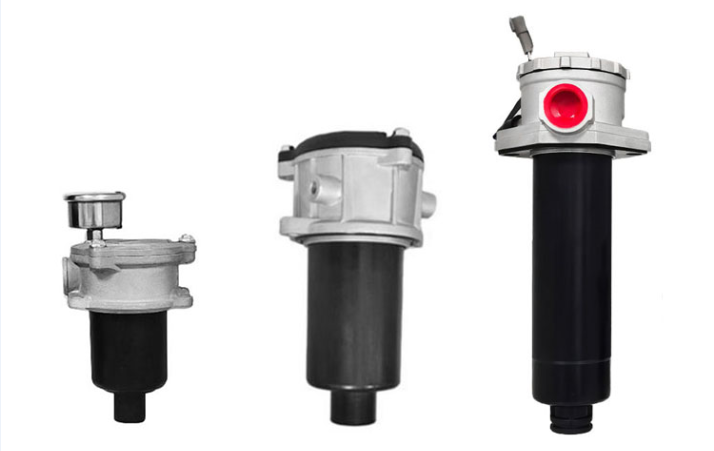In exploring the construction of filters, we must first recognize that despite the variety of types and wide range of applications of filters, their basic components are roughly the same. The following is the specific introduction:
1. Shell of filters
(1) Variety of materials: the shell of the filter can be made of a variety of materials, including but not limited to plastic, metal, stainless steel, etc. Because of its excellent high temperature resistance and mechanical strength, the metal shell is especially suitable for high temperature and high pressure environment; Plastic shells are more common in general industrial and household environments because of their lower cost and portability. The stainless steel housing combines corrosion resistance and robustness for the food processing and medical industries.
(2) Design form: The shell is designed in various forms, such as vertical, horizontal, ring, etc. These different design forms enable the filter to adapt to various installation environments and space requirements. For example, vertical designs make efficient use of vertical space, horizontal designs are suitable for horizontal installation, and ring designs are common in industrial applications where continuous filtration is required.
2. Filter the material
(1) Diversified selection: a wide variety of filter materials, according to the different filtration accuracy and demand, you can use filter paper, non-woven fabric, glass fiber, activated carbon, ceramics, metal mesh and other materials. Filter paper and non-woven fabric are suitable for general liquid filtration, with good particle removal ability; Glass fiber is often used in high efficiency air filters because of its excellent chemical stability and uniform microporous structure. Activated carbon and ceramics are often used to remove harmful gases and organic matter because of their strong adsorption capacity.
(2) Filtration accuracy: Different filtration materials have different filtration accuracy, which determines the minimum particle size that the filter can intercept. When selecting filtration materials, users should select the matching filtration accuracy according to the specific application requirements and environmental conditions to ensure the filtration effect.
3. Support structure of filters
(1) Internal support parts: In order to maintain the shape of the filter and improve its pressure resistance, internal support parts are essential. These supports can be internal skeletons, support nets or other structures, which ensure that the filter material will not be deformed or damaged by pressure during use, thus ensuring the stability of the filter effect and the service life of the filter.
(2) Sealing rings and connectors: In order to prevent liquid or gas from leaking without filtering, the sealing ring plays an important role in the filter. At the same time, connectors such as bolts, nuts, clamps, etc., ensure that the filter is tightly connected to the rest of the system, preventing any potential leakage points.

